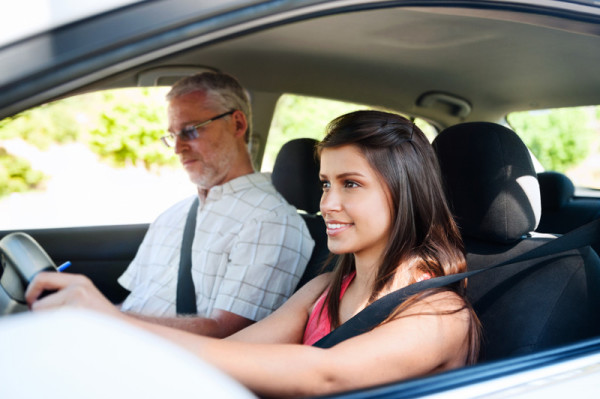
Congratulations, you’ve got your driving license! Now it’s high time to get behind the wheel, start the engine, and hit the road. And if you feel stressed out, don’t worry – that happens to many beginner drivers. It will take some time and experience to start feeling confident when driving – but for now, simply follow the rules and check out some helpful tips.
In this article, you will find the best advice for all the newbies out there, including wearing the seat belt all the time, getting familiar with the car, not drinking when driving, maintaining moderate speed, checking your mirrors, and many more.
Read on, make sure you know what you’re doing, and don’t be afraid to get on the road. And if for some reason you get in trouble, don’t hesitate to check helpful advice online – for example, on https://cartwrightking.co.uk/services/motoring-offences/new-driver-offences.
How to Wear the Seat Belt
The seat belt is probably one of the first things you’ve learned about your car. Yet, some people don’t know how to wear it properly – and that’s a huge safety risk. Make sure you don’t commit this mistake.
Start by pulling down the shoulder strap, then thread the lap part under your thighs, and finally buckle up. The belt should be worn as tightly as possible all the time, but not too tight – otherwise, you will be uncomfortable. You can adjust it while driving so that your torso remains straight.
At the same time, make sure you don’t twist the seatbelt around your body. That’s also dangerous, and it can cause serious damage to your internal organs. Follow these simple rules and get comfortable with buckling up before driving on the road.
Remember to wear your seat belt all the time – if any accident occurs, it will be the first thing to help you stay alive and uninjured.
Get Familiar With Your Car
It’s a good idea to familiarize yourself with all the controls in your car before hitting the road. This way, you will know exactly how to start it and stop it, change gears, turn on/off the lights, use fog lights or signal lights, check your fuel levels, and so on.
Repeat that process every time before driving a new car. Otherwise, if you get in an accident or a dangerous situation, you may not act quickly enough to avoid a collision.
Don’t Drive While Tired
It’s hard to resist going for a drive after a long day of work or studying – but never do it when you feel tired. The moment you feel drowsy while driving, pull over at the closest parking lot and take a break for a few minutes. If you are riding a car together with someone else, ask them to take over the wheel.
If you feel sleepy while driving, pull over and take a short nap. People fall asleep pretty quickly, and that can lead to many dangerous situations on the road.
Always Check Your Rear-View Mirror Before Changing Lanes
When driving on a highway or a major road, you should always check your rear-view mirror before changing lanes – this way, you avoid collisions with passing cars. It’s also important to check lane markings beforehand. When there are no lines painted on the road, make sure to look into your mirrors and then turn your head to check if there are any cars behind you before merging into another lane.
Always Use Headlights, Even During Daytime
Make sure you turn on your headlights even during daytime – this way, other drivers will see you from afar and avoid hitting your car. Also, don’t forget about fog lights – they can come in handy during bad weather or heavy fog.
Don’t Drink & Drive – Use a Taxi or Public Transportation Instead
The most important tip – don’t drink and drive. If you want to go out and have some fun with friends, take a taxi or public transportation instead of driving back home. Even if you have only a couple of drinks, don’t take any chances. You won’t believe how many accidents happen because of drunk driving.
Maintain Moderate Speed
Make sure you maintain a safe speed when driving, especially on highways or busy roads. If you travel well below the speed limit, other drivers might be annoyed or impatient – and that could lead to unexpected situations. And if you drive too fast, you might end up in an accident or receive a speeding ticket. Try to keep up with traffic flow and avoid unnecessary risks – stay calm, drive safely, and everything else will fall into place.
Conclusion
Passing your driving exam and getting a license is not enough to become a good driver. Once you get your driving permit, make sure to obey all the traffic rules and drive safely at all times. Pass the DMV test on your first try with help from a DMV practice testing center.
Stay calm, get to know your car, buckle up, check your rear-view mirrors, don’t drive while tired or drunk, use headlights, and maintain moderate speed – these are just a few of the many things you need to remember. We hope that with our little help, you will get comfortable on the road in no time. Good luck – and enjoy your driving experience.








